May 23, 2025 | 00:42 GMT +7
May 23, 2025 | 00:42 GMT +7
Hotline: 0913.378.918
May 23, 2025 | 00:42 GMT +7
Hotline: 0913.378.918
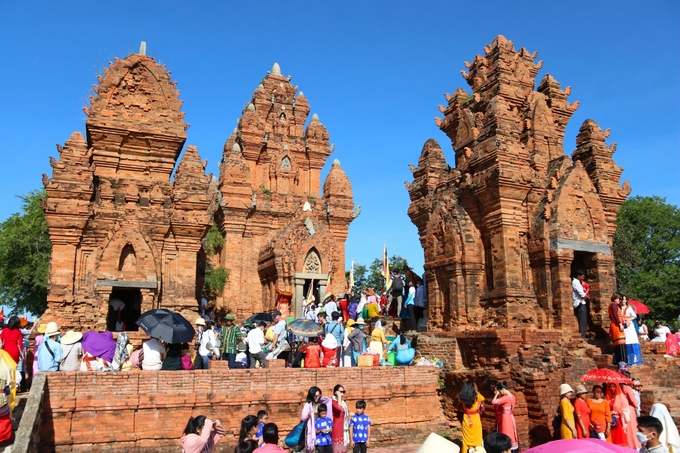
Traditional Kate Festival of the Cham people in Ninh Thuan. Photo: DC.
Ninh Thuan targets tourism as its primary economic sector, to attract six million visitors and contribute 15% to the gross domestic product (GRDP).
The Department of Culture, Sports, and Tourism of Ninh Thuan Province has identified numerous potentials and advantages in this locality. Its distinctive and distinctive culture, products, and natural resources have the potential to transform tourism into a critical, sustainable economic sector.
Ninh Thuan boasts a coastline that extends for 105 km, featuring stunning, unspoiled beaches, a diverse marine ecosystem, and year-round mild, sunny weather. Diverse destinations are easily accessible via the coastal road.
Furthermore, the province boasts a vibrant cultural landscape that is distinguished by its distinctive tangible and intangible cultural heritage. This includes Cham cultural art, which encompasses folk songs, Cham dances, traditional crafts, and the customs and rituals of the Cham people. The Kate Festival, the My Nghiep brocade weaving, the ancient Bau Truc pottery village, the oldest in Southeast Asia, and the Po Klong Garai and Hoa Lai towers, designated as national special relics, are examples of this.
It is important to note that on November 29, 2022, the "Art of Cham Pottery Making" was officially inscribed on the List of Intangible Cultural Heritage in Need of Urgent Safeguarding by UNESCO. As one of the ten most significant cultural, sports, and tourism events of 2022, the Ministry of Culture, Sports, and Tourism announced this event.
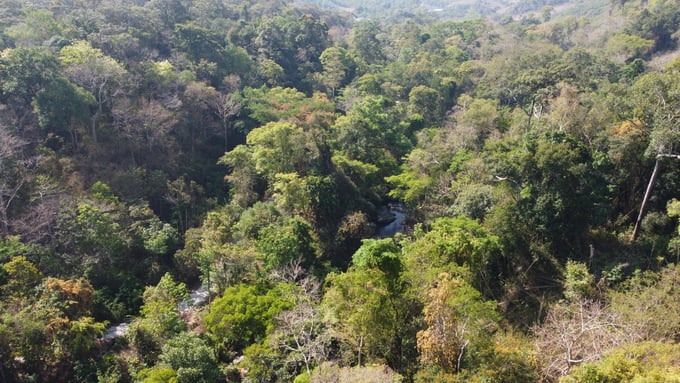
Phuoc Binh National Park also features primeval forests with a rich and diverse plant ecosystem that attracts tourists to explore and experience. Photo: PC.
Ninh Thuan is also home to numerous renowned historical and cultural relics. It is home to a diverse and abundant ecology of forests, coral reefs, seas, and wild and poetic natural landscapes. Additionally, the region is home to numerous historical sites designated as national heritage.
"The province is home to 239 intangible cultural heritage sites that have been inventoried." The leaders of the Department of Culture, Sports, and Tourism of Ninh Thuan Province have stated that 74 cultural heritages have been documented for ranking at various levels. UNESCO has recognized two heritage categories as Intangible Cultural Heritage of Humanity. Two of these are national special relics, 18 are national heritages, and 52 relics and cultural heritages are ranked at the provincial level, including revolutionary historical relics, communal houses, temples, and shrines.
In addition, Ninh Thuan is home to two national parks, Phuoc Binh and Nui Chua, which continue to exhibit the characteristics of primordial forests, including diverse and abundant plant ecosystems. UNESCO has designated Nui Chua as a World Biosphere Reserve. Additionally, Vinh Hy Bay is one of the eight most stunning harbors in Vietnam and is designated as a national scenic site.
Ninh Thuan's year-round warm and sunny climate is also a natural asset that enables the cultivation of high-quality and high-yielding crops and livestock. These products have become local specialties, including green asparagus, apples, garlic, goats, and sheep. Ninh Thuan has emerged as the nation's "grape capital" due to the abundance of grapes and grape products.
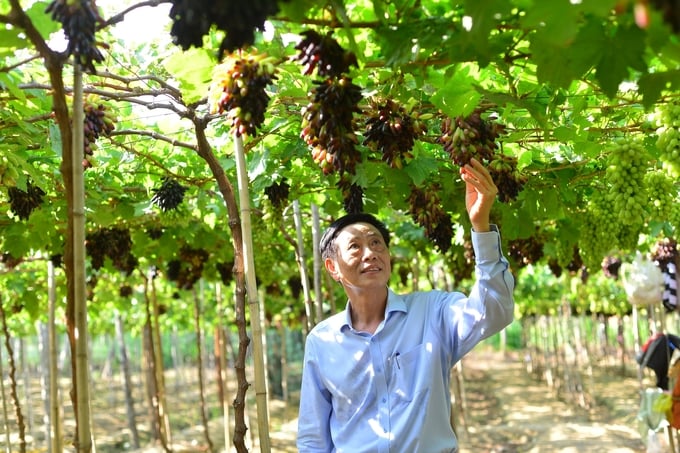
Developing tourism activities associated with grapes is also an advantage of Ninh Thuan. Photo: MP.
The tourism industry of Ninh Thuan has established specific development orientations for the period 2021-2025, with a vision to 2030, to comprehensively develop tourism and establish it as a key economic sector that drives the province's socio-economic development, according to the leaders of the Department of Culture, Sports, and Tourism of Ninh Thuan Province.
The objective is for Ninh Thuan's tourism industry to become a critical economic sector by 2025, to attract 3.5 million visitors, generate approximately 2,900 billion VND in revenue, and contributing 13% to the GRDP. The tourism industry of Ninh Thuan is committed to becoming a significant economic sector by 2030, to attract 6 million visitors and contribute 15% to the GRDP. The objective is to receive 3.2 million visitors in 2024.

Unique cultural festivals help Ninh Thuan attract tourists. Photo: PC.
Consequently, Ninh Thuan Province will prioritize the development of three primary product groups: four distinctive products, four novel products, and four supplementary products. In particular, the development of the distinctive product group encompasses coastal resort and experience tourism, cultural heritage tourism of the Cham people, high-tech agricultural tourism, and ecological tourism associated with the Nui Chua World Biosphere Reserve.
Furthermore, the novel product group will encompass health care and wellness tourism, railway experience tourism, and sand and salt exploration and entertainment tourism. The supplementary product group will include community-based tourism, recreational and culinary tourism, renewable energy production excursions, and tourism commerce.
Translated by Linh Linh
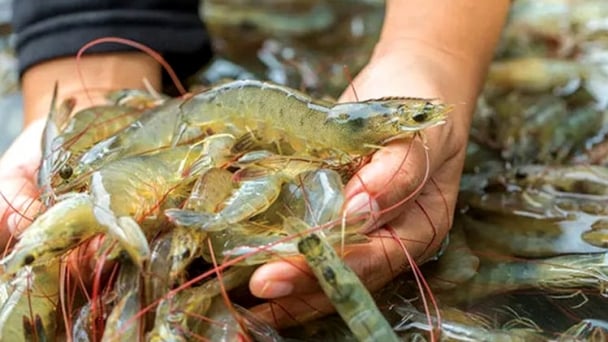
(VAN) A study assessing the carbon footprint of whiteleg shrimp farming in China shows the potential for carbon emission reduction through the use of renewable energy.
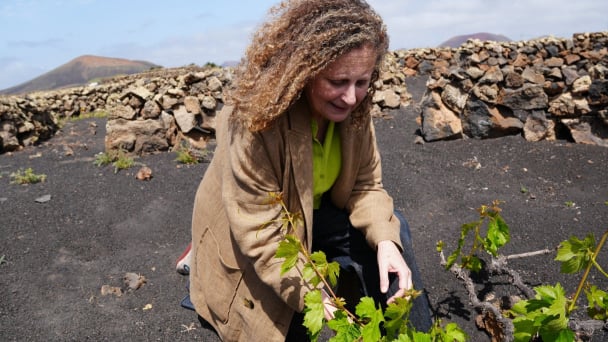
(VAN) Brazil, China, Mexico and Spain receive new designations of Globally Important Agricultural Heritage Systems from FAO.
![Reducing emissions from rice fields: [3] New values generated from carbon credit](https://t.ex-cdn.com/nongnghiepmoitruong.vn/608w/files/content/2025/05/19/dsc09613-144700_71-150957.jpg)
(VAN) In addition to helping safeguard the environment, the low-emission rice cultivation model also generates new opportunities for farmers by leveraging the carbon credit market.
![Ho Chi Minh city adapts to climate change: [1] Vulnerable in the whirlwind of development](https://t.ex-cdn.com/nongnghiepmoitruong.vn/608w/files/duyenht92/2025/05/19/3131-ngap-nongnghiep-163121.jpg)
(VAN) As the country's economic engine with a rapid urbanization rate, Ho Chi Minh city is facing increasingly serious consequences of climate change.

(VAN) On May 21, Minister of Agriculture and Environment Do Duc Duy worked with Mr. Olivier Brochet, Ambassador Extraordinary and Plenipotentiary of the French Republic to Vietnam.

(VAN) VRG recently conducted a visit and working trip to the United States to demonstrate its efforts in redefining the role of rubber enterprises in the global value chain.
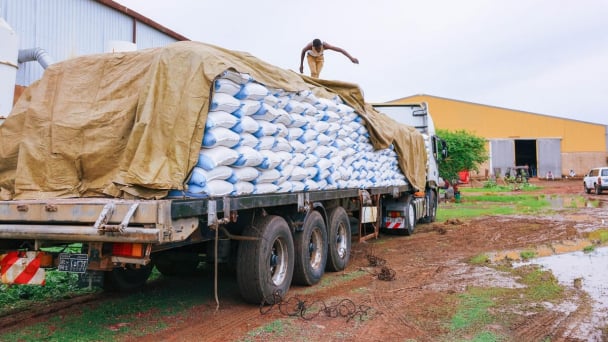
(VAN) In 2024, over 295 million people across 53 countries and territories faced acute hunger—an increase of almost 14 million people compared to 2023, while the number of people facing catastrophic levels of hunger reached a record high.